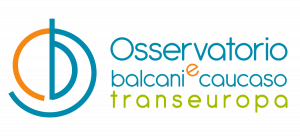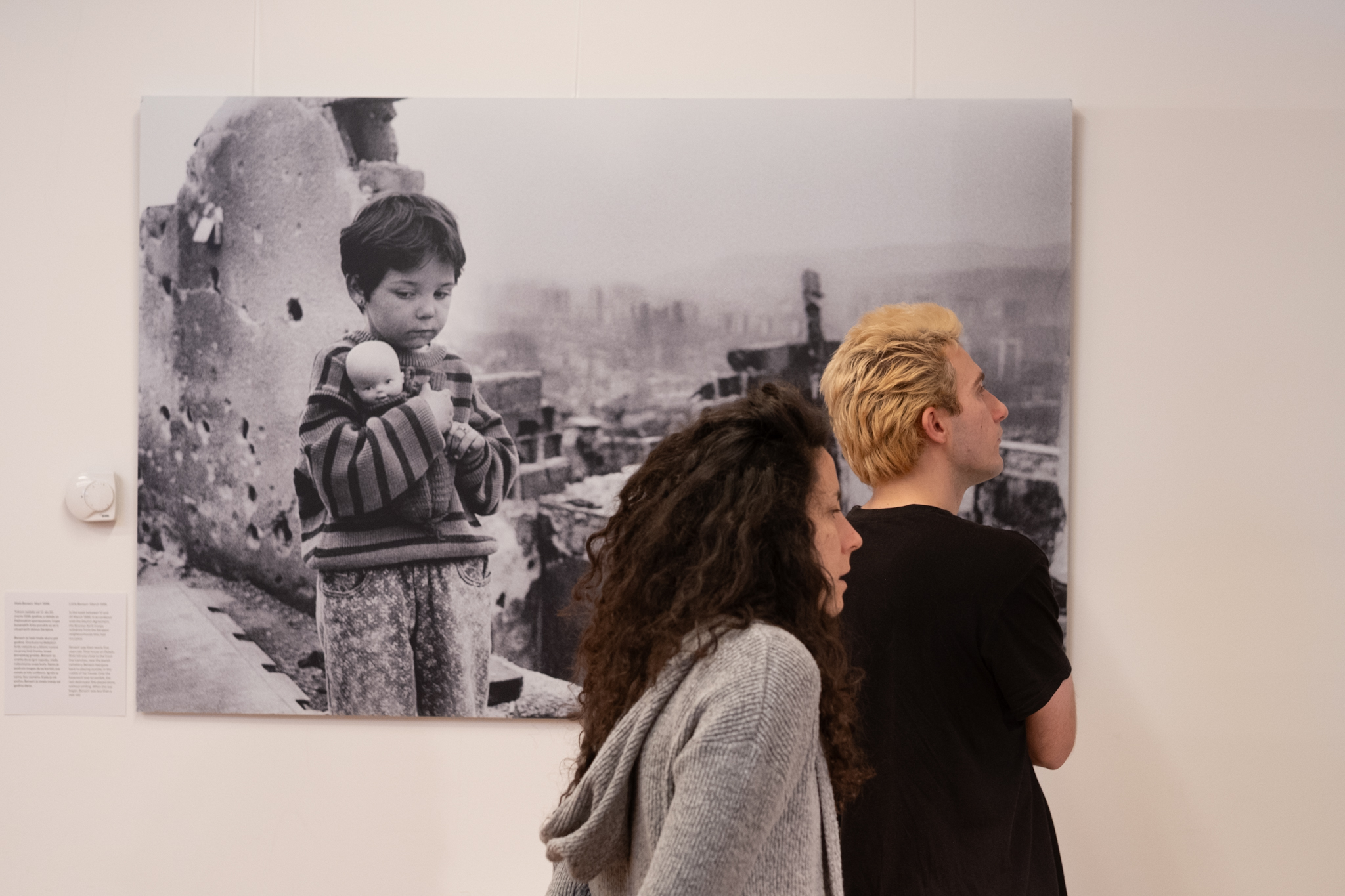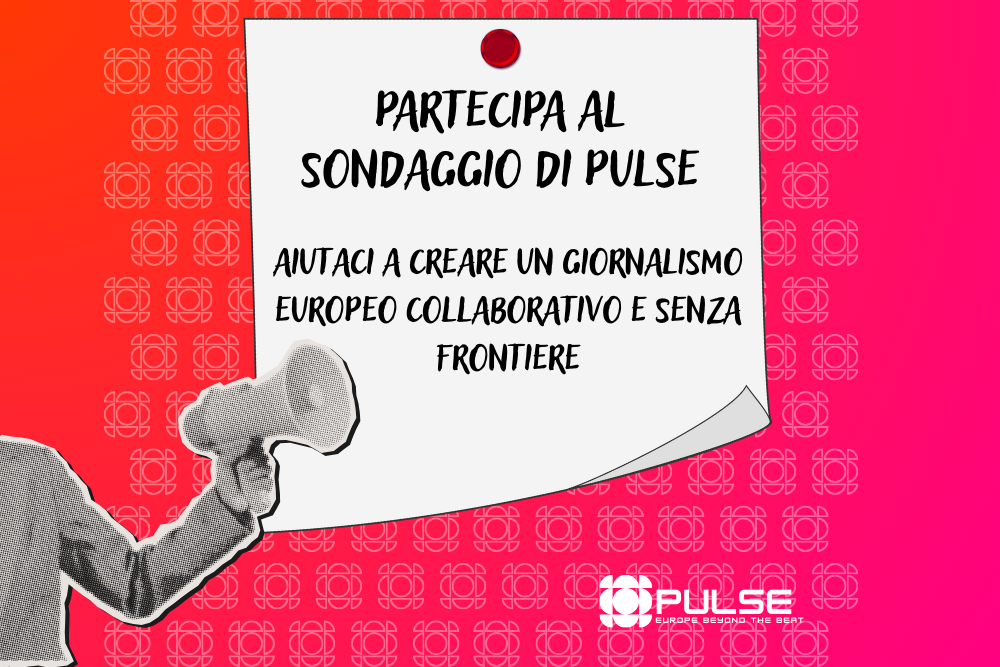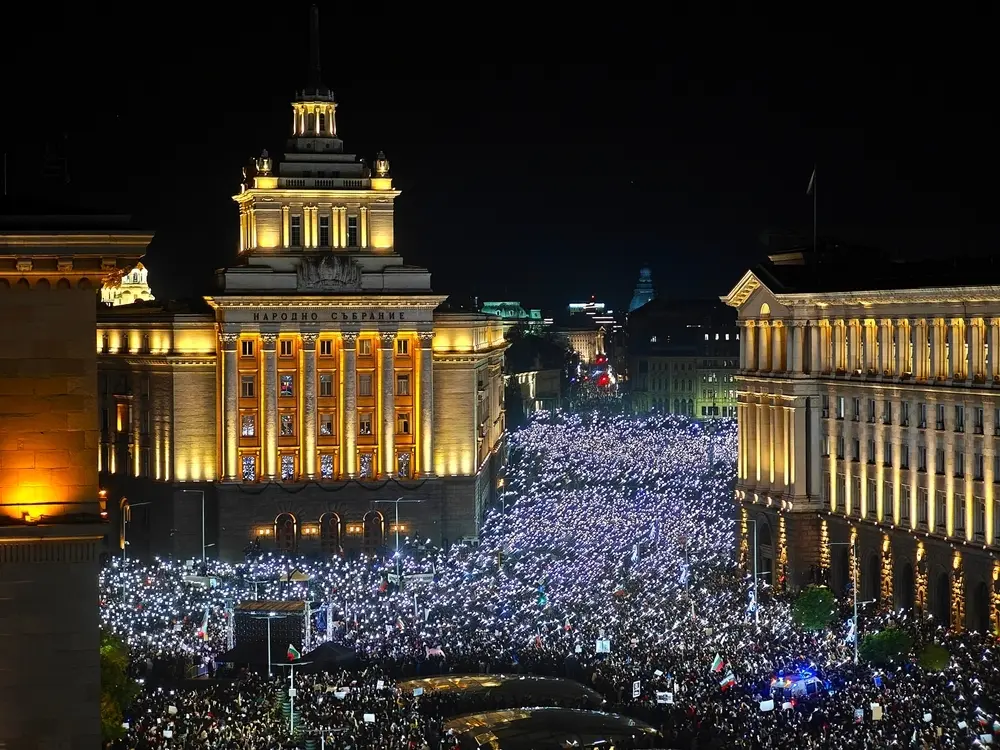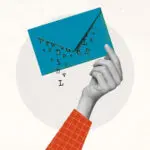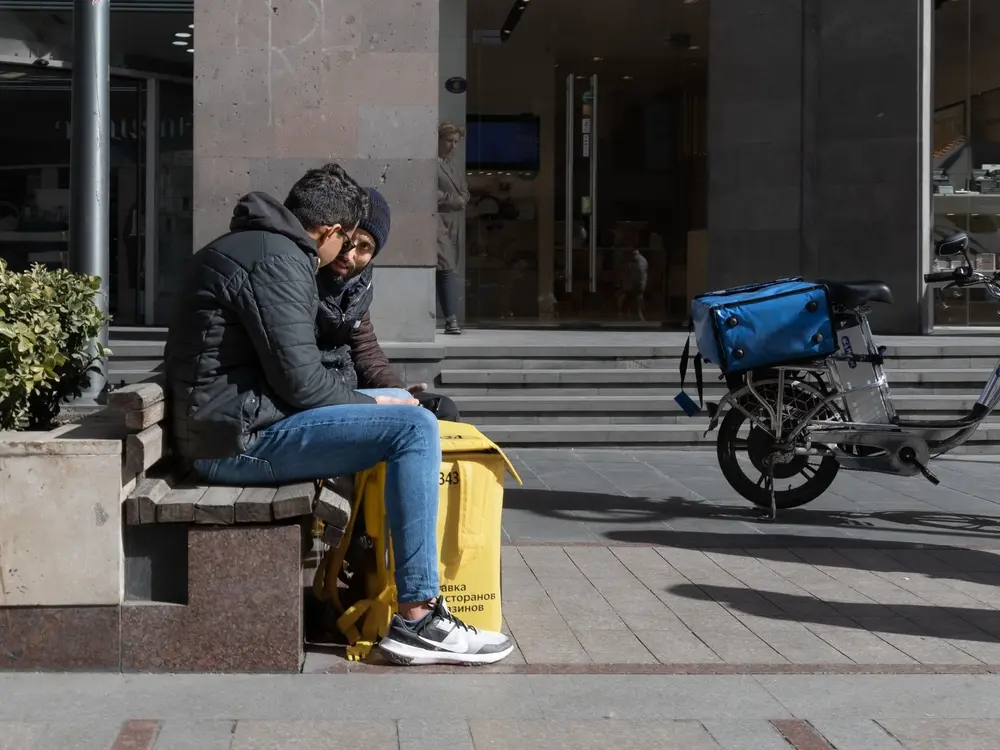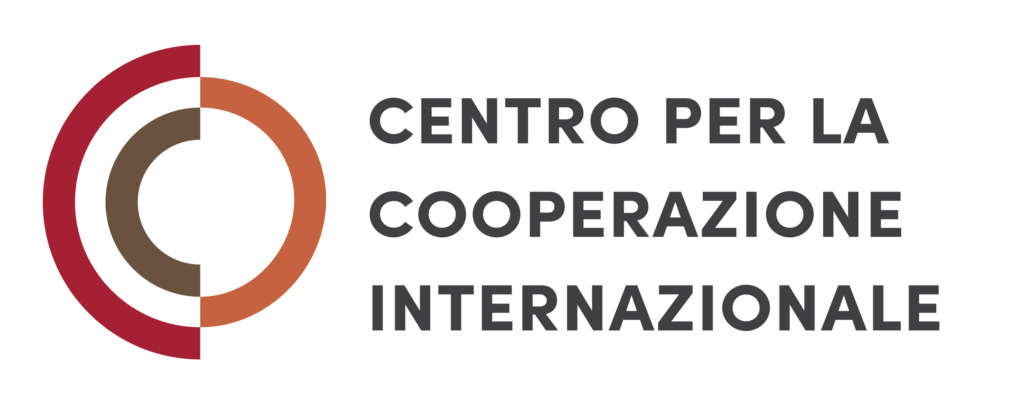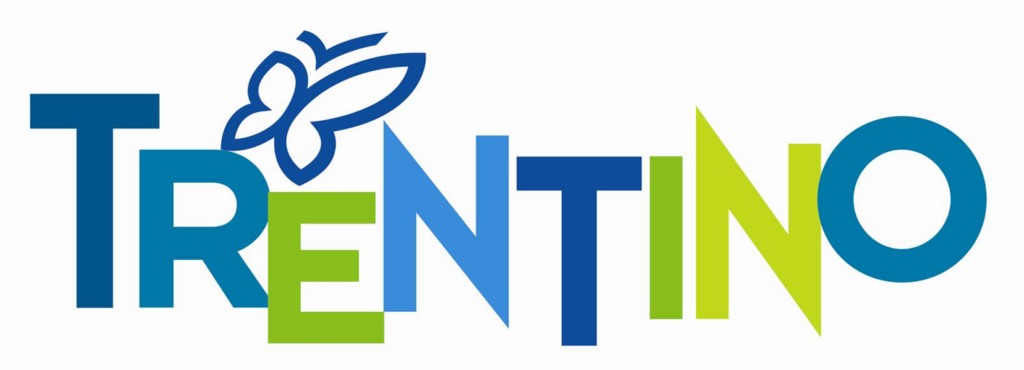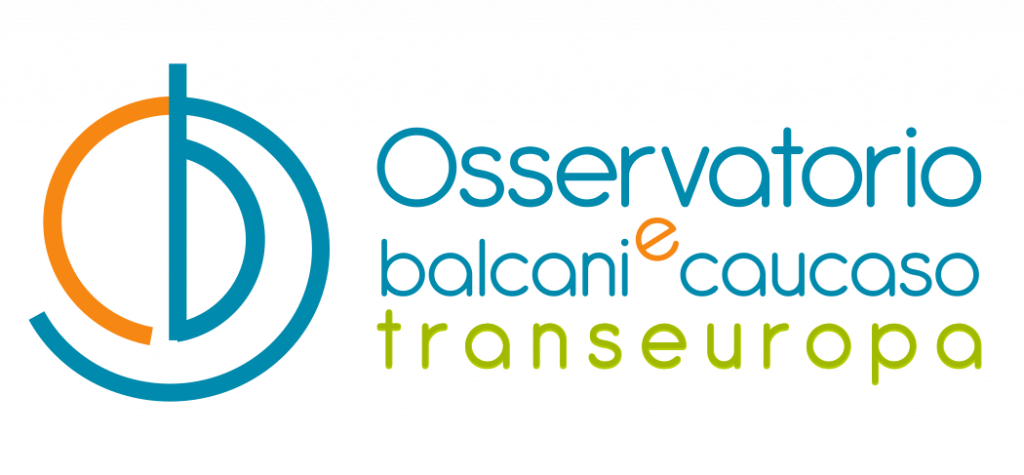The system of education in Serbia (and in the present and former Yugoslavia as well) has always been something the locals have boasted about. Intended as a perfect blend of technical education necessary for certain job positions (found in the American system of education) and general-purpose subjects to breed real intellectuals (found in most European systems and in the Slavic tradition of education including Russia), Yugoslav education was indeed a source from which the prosperity of the nation and up to a point the country’s fine international reputation stemmed. Or at least it was so until the late seventies, when the approaching dissolution of the country meant the imminent disruption of the joint education system, and its steady, but firm deterioration.
The seventies in the former Yugoslavia meant the abandonment of the system of general-purpose secondary schools, known as ‘gimnazija’ (roughly translatable as ‘grammar school’). After the compulsory eight years of elementary school (age 7-14), talented children were no longer allowed entrance to these general education schools, whose primary purpose was to train those children who would undoubtedly enroll into universities upon graduation. The old system had therefore offered children the choice of these schools which opened up the way to the University, or the choice of technical schools which would train craftsmen, workers, accountants or civil servants. However, at least according to the enraged Serbian media at the time, it was upon the advent of the high Communist Party official from Croatia in charge of education, Mr. Stipe Suvar, in the early eighties that the entire system was turned upside down. The new system meant highly specialized secondary schools in all areas. After the first year of secondary education, common to all professions, children were asked to specialize for their desired profession as early as at the age of 15, in the second year of secondary school. Specialization was even narrower in the third and fourth years, which meant practically two or three different, highly specialized programs in each of the hundreds of secondary schools in the country. This lead to mass confusion among children, disappointment when they faced a number of additional examinations if they wanted to change their specialization, and an explosion of textbooks, many of which were to be used just in a couple of schools in the country. Prequalification of teachers was yet another problem, so that many math or technics teachers now had to teach computer science, while Marxist schools alumni were to give courses in the history of philosophy. The entire mess came to an end when Serbia decided to get back to its old (grammar school / technical schools) system in 1989, which turned out to be a good decision in the long run, although back then it was just one of the hard-line early-Milosevic moves to defy the federal authorities, and, especially to sweep away some Croat communists he had been at odds with, Mr. Suvar included.
Another problem of the former Yugoslav federation was the diversity of programs taught in different republics. The only thing in common was the number of years needed to get proper education (8 years primary school, 4 years secondary school, 4-6 years university). All the rest seems to have been different. The first major obstacle was that the country used three official languages (Macedonian, Slovenian and Serbo-Croat), and the last of the three had at least three officially recognized dialects. Both Cyrillic and Latin letter systems were allowed. Programs in social science and humanities were made up in such a way as to favour the particular majority nation in the area, albeit always in accordance with the prevalent communist ideology. However, even those general subjects, such as mathematics, physics or foreign languages, were taught according to different programs, since this was the jurisdiction of the Republic Ministries of Education and Federal Government had little or no influence on program making. This was a real nightmare for those children often moving house throughout the country (this turned out mainly to be kids of Yugoslav army officers). Some of them, today middle-aged persons, still claim this diversity meant they constantly had to adjust to new systems, so they believe their education had major flaws, some of which are still felt in their lives.
And then came the nineties. Nobody really knows the exact date when the former country broke apart, although the obvious period to look into was between June 1990 (when Croatia and Slovenia declared independence) and April 1992 (when Serbia and Montenegro formed the Federal Republic of Yugoslavia). The runaway republics had already adapted their programs to the changing conditions, and it turned out only Serbia and Montenegro were left with the entire burden of the former country, which included education. This lead to some funny situations, especially in the beginning. In the middle of the war in Croatia, history books still read of "brotherhood and unity of the Yugoslav peoples and national minorities", and long after multi-party system was established in Serbia, the same books still spoke of the "development of self-management and socialist democracy without numerous political parties, since that would not be suitable for our political system." Geography textbooks were changed instantly, in classes, since the country was now considerably smaller than before, and this meant that all the data was changed, including the info on the highest mountain, biggest lake, northernmost point etc. In practice, this meant that geography teachers used markers to lay out the borders of the new country, and thus adapt the big school maps carrying the proud title "Socialist Federal Republic of Yugoslavia". History teachers, themselves taught that, for example, Chetniks (remnants of Serbian Royal Army in World War Two, who fought Germans and Tito’s Partisans) were butchers, counter-revolutionaries and traitors, now had to find a new framework to operate in, and most of them instantly moved from communism to stern nationalism (which meant – do not mention Croatia or Slovenia, in any positive context, in your tests, or else your grade might become considerably lower).
Wars were under way, the country was becoming poorer and poorer, and school programs changed little, if any. This brought about disillusionment in children, popular mockery of textbooks (with teachers blushing and not knowing what to do). Numerous strikes, demonstrations and rallies in the country had their effect on high school kids as well, so playing truant (often collectively) became one of the most popular school activities. Not a single opposition rally passed without avid (though unwanted) support of high school students. Many new-age millionaires still sent their kids to schools, which meant young upstarts openly mocking their impoverished teachers in classes, which soon opened up the way to corruption. This meant the decrease of criteria, with many semi-educated, or sometimes almost technically illiterate teenagers coming to universities. And universities have remained poor, as well. The former regime had a motto: "Send them to university in order to keep them off the streets". This resulted in thousands studying all over the country, with the government’s regular decision to extend the list of admissions after entrance exams every year (the ratio was usually 1:4, meaning – if your department admits 50 students regularly, the government will make you admit at least 200). The consequence was the enormous number of students (sometimes with no classrooms to put them up), many of whom had about as much knowledge as to enroll in 6th or 7th grade of the primary school. Criteria for passing exams were decreased again, since the pressure to let them enroll into the next year of the studies came both from the Government ("always keep them off the streets! no need for demonstrators!") and from the parents who were unwilling (and often unable) to pay any additional years of their kids’ studies. The peak of the mess came after the University Law of 1998 was passed in the Serbian Parliament. In practice, it made the Government the prime and ultimate controller of the University. After this act, Serbian universities were banned from all European High Education associations, and it was obvious the end could not be far away.
After October 2000, and the revolution in Yugoslavia, it has been obvious that any true reform must start with education. The Ministry of Education has had enough problems only with students from Kosovo (for political reasons, the University of Pristina is still active, though displaced in numerous smaller towns in south Serbia, but the oncoming school year opens up the way to many unanswered questions, especially those of security). In addition, the new school year means considerably smaller numbers of students, and higher fees for their education (though unpopular, this seems to be a necessary step, since Serbia cannot do with the alarming numbers of highly-trained ‘experts’ with university diplomas and virtually no vacancies). As for primary and secondary schools, programs have been revised again – the new 8th grade history, covering the period 1915-present, mentions the events of the last ten years in 3 pages only, without a single name printed (Milosevic included). Primary and secondary school kids have another subject to cover this year – they may choose between ‘Religious Education’, a highly controversial compromise by the government to the Serbian Orthodox Church, and ‘Civic Education’, a kind of study of human rights and institutions of modern civic society. Religious education, here known as ‘veronauka’ (literally, the ‘science of faith’) will be taught by priests of one of the five most widespread religions in the country (according to the children’s’ and parents’ preference). Arguments for this subject are ‘return to our roots and tradition which would have saved us all the harms of the previous 50 years’. Arguments against are obsoleteness, contrariness to the scientific frame of mind otherwise favoured in schools, and the possible discrimination to atheists and members of smaller religious groups. What will turn out of the latest attempt of politicians’ poking into Serbian education, remains to be seen.
In general, however, things seem to be looking up. Whether the Serbian education will return to its roots, or it will follow the footsteps of the developed EU countries, it is certain that in charge of it today are some people far more tolerant, rational and responsible than those who covered the entire former country with blood in the previous decades.
In evidenza
- Partecipa al sondaggio
